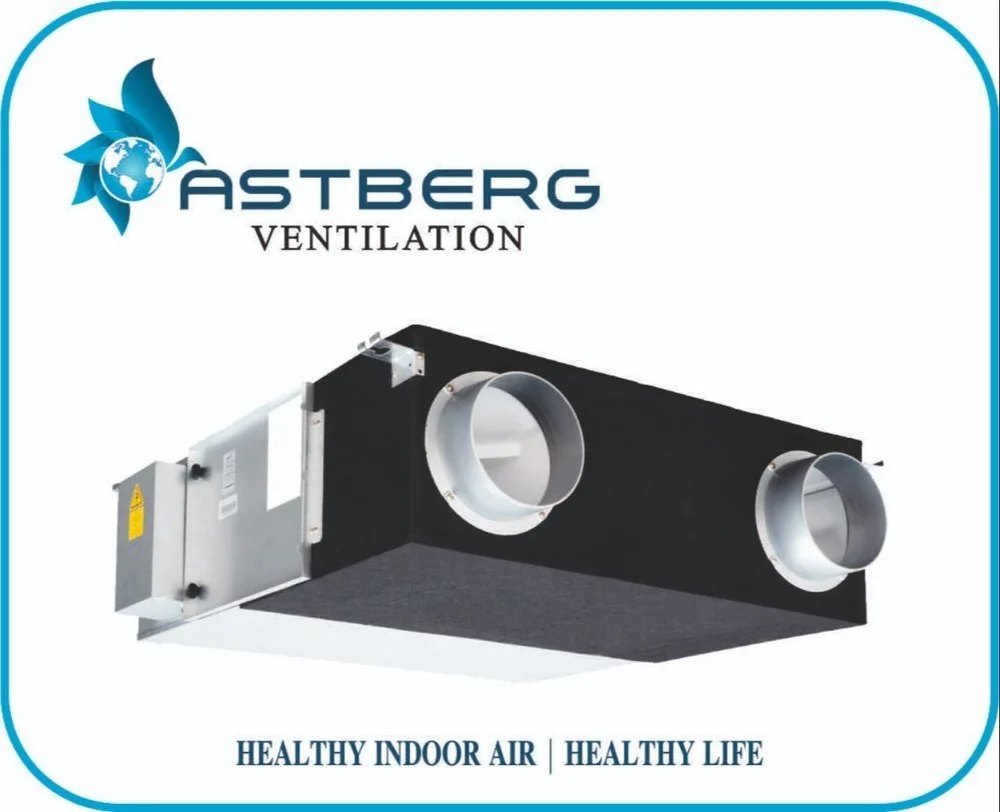
Maintaining fresh indoor air quality throughout the year is essential for a comfortable and healthy living space. Whether it’s the freezing cold of winter or the scorching heat of summer, an ERV/HRV system plays a crucial role in providing efficient ventilation while optimizing energy savings. Understanding how these systems adapt to seasonal changes can help homeowners maintain a balanced and breathable indoor environment year-round.
What is an ERV/HRV System?
Energy Recovery Ventilators (ERV) and Heat Recovery Ventilators (HRV) are mechanical ventilation systems designed to improve indoor air quality by exchanging stale indoor air with fresh outdoor air. While both systems recover energy from outgoing air, ERV systems help retain moisture, making them ideal for drier climates, while HRV systems are better suited for colder climates where excess humidity needs to be expelled.
How ERV/HRV Systems Work in Winter
During the winter months, homes are sealed tight to conserve heat, which often leads to poor air quality and excess humidity buildup. An ERV/HRV system ensures fresh air circulation without causing heat loss.
- Heat Retention: An HRV captures warmth from the outgoing indoor air and transfers it to the incoming fresh air, reducing heating costs.
- Humidity Control: An ERV retains some of the moisture from the outgoing air, preventing the indoor air from becoming too dry.
- Elimination of Stale Air: These systems expel pollutants, allergens, and carbon dioxide, ensuring a healthier indoor atmosphere.
- Energy Efficiency: By recovering heat, ERV/HRV units reduce the workload on your heating system, lowering energy bills.
How ERV/HRV Systems Work in Summer
Hot and humid summers can make indoor spaces feel stuffy and uncomfortable. An ERV/HRV system helps regulate airflow while reducing cooling costs.
- Cooling Efficiency: An HRV transfers heat from the incoming outdoor air to the outgoing indoor air, ensuring a cooler indoor environment.
- Moisture Management: ERVs prevent excess humidity from entering your home by transferring moisture from incoming air to the outgoing air.
- Improved Air Circulation: Fresh air intake prevents indoor air from becoming stale, reducing airborne allergens and contaminants.
- Lower Energy Consumption: By balancing airflow and reducing the burden on air conditioning systems, ERV/HRV units contribute to energy savings.
ERV vs. HRV: Which System is Right for Your Home?
Choosing between an ERV/HRV system depends on your climate, home insulation, and humidity control needs.
- ERV Systems: Best for hot, humid summers and dry, cold winters. They help maintain indoor humidity levels and prevent excessive dryness.
- HRV Systems: Ideal for colder climates with high indoor humidity. They remove excess moisture while ensuring efficient heat recovery.
- Hybrid Approach: Some modern ERV/HRV units come with adjustable settings, allowing homeowners to switch between heat and moisture recovery modes as needed.
Benefits of Using ERV/HRV Systems Year-Round
- Consistent Indoor Air Quality – Filters out pollutants, allergens, and odors, ensuring fresh air circulation throughout the year.
- Energy Efficiency – Reduces heating and cooling costs by recovering and reusing heat or cool air.
- Humidity Regulation – Prevents mold growth, condensation, and excessive dryness depending on the season.
- Better Health – Reduces airborne contaminants, improving respiratory health and overall well-being.
- Comfort Optimization – Maintains an ideal indoor temperature without drastic fluctuations.
Conclusion: Enhance Indoor Comfort with Astberg Ventilation
Investing in an ERV/HRV system is a smart decision for year-round comfort, energy savings, and improved indoor air quality. Whether you need effective ventilation for winter dryness or summer humidity, these systems provide a perfect balance of efficiency and air purification. At Astberg Ventilation, we offer high-quality ERV and HRV solutions designed for superior performance in all seasons. Contact us today to find the best ventilation system for your home.